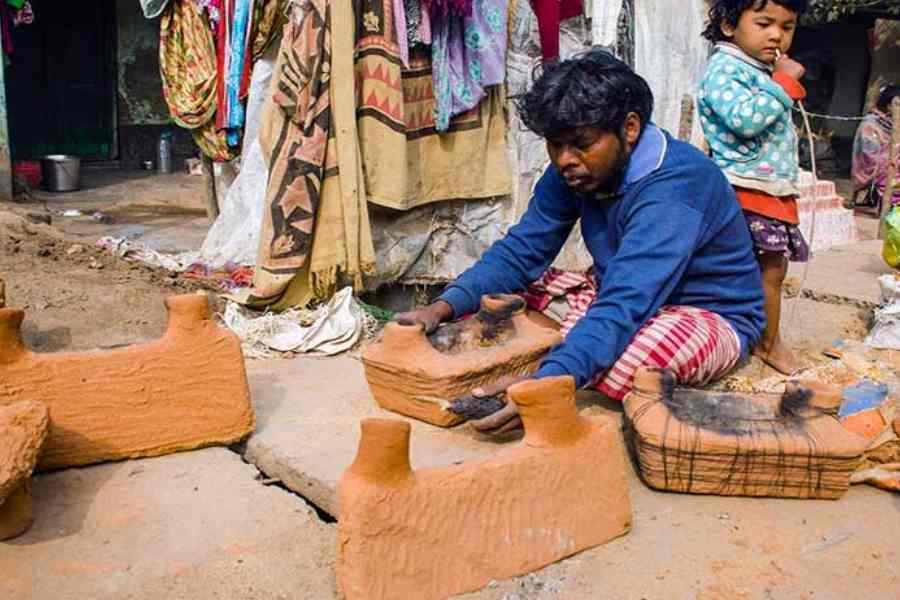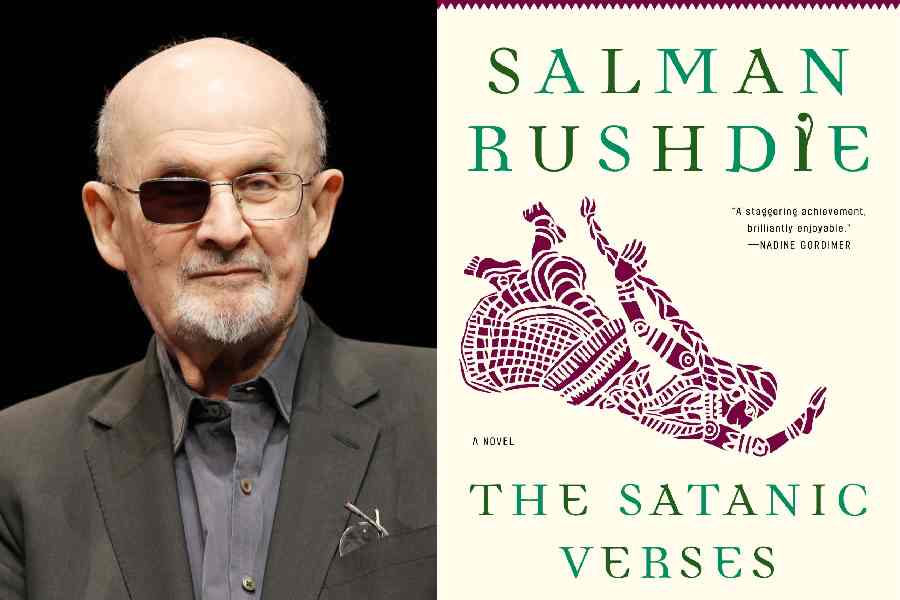Hands had more power in the olden days. Their power was felt through what they produced. While karigari, the result of one kind of hands, defined aesthetics, majdoori, work by another set of hands, symbolised strength. Each distinct pair of hands creates something unique: the cobbler mends shoes, the weaver weaves cloth, the cutler hones knives. Every year, thousands of Hindus worship Vishwakarma to bless not just their tools but also their art and craftsmanship.
At home, a family would sit together scooping out wheat with their hands, filling their thalis with it, moving their fingers through it to pick stones or chaff with the help of the thumb and the index finger and disposing these before taking the wheat to the flour mill. Hands are used to peel and grate carrots to make gajar ka halwa in winters and mathri and gujiya during Holi and Diwali. Hands, thus, expressed human bonding.
But with the growing dependency on machines, human beings have started to underestimate the power of their hands. The advent of industrialisation undermined the power of hands for the first time; since then, machines have forced hands into a state of forced idleness. Hands are thus slowly forgetting the art of writing, crocheting, knitting, pottery and so on. The ones who knew these arts are either gone or are no longer needed. It is another thing that when families go out for weekends, they often go to camps where pottery is one of the activities to be momentarily enjoyed but not learnt. Isn’t it ironic that when certain cultural traditions or activities die, they become exotic?
Creation of Adam, the painting in the Sistine Chapel by the Renaissance sculptor-painter, Michelangelo, depicts the creation of mankind through the fingers of god and those of Adam almost touching. Art — poetry, painting, music, films — has long appreciated the contribution of hands and expressed fear of losing them. Around 1819, the Romantic poet, John Keats, wrote a poem describing the warm and grasping powers of the “living hand” that would soon turn “cold”, poignantly expressing the poet’s fear of not being able to write poetry with his hands that had become weak with illness. In recent times, “Two pairs of hands”, a song from a new album by the British singer-songwriter, Mark Knopfler, also draws to the dexterity of human hands.
Over the years, Bollywood has also created several songs that celebrate the power of hands. The song, “Saathi Haath Badhana” from the movie, Naya Daur, sung by Asha Bhosle and Mohammed Rafi, is one example. The actor, Dilip Kumar, invoked the power of hands when he said in a dialogue that “fauladi” hands can make way even through rocks. In the Manmohan Desai-directed film, Coolie, Iqbal (Amitabh Bachchan) sings the song, “Saari Duniya ka Bojh Hum Uthate Hai”, which praises the hands that pray to Allah as well as work hard to calm hunger. The song is a tribute to the limitless potential of a pair of hands that can be brought together in supplication, that can rise up in protest, and can also embrace to protect. Many of us have tried to imagine a different kind of Sholay in which Thakur, played by Sanjeev Kumar, would use his hands to pick up the gun and help Jai and Veeru. But the director, Ramesh Sippy, knew that the impact of the scene would be much greater if it portrayed Thakur’s helplessness in the absence of his hands: the gun proved to be useless in the wake of the realisation that the hands that could have used the weapon had been lopped off by the villain.
In this modern, mechanised era, humans need to reject their collective enchantment with machines and technology — speech-to-text apps, robot cleaners, audiobooks and what not — that are stripping hands of their potential. The hands that hold gadgets are also the ones that can pick up a book to read or a brush to paint.











